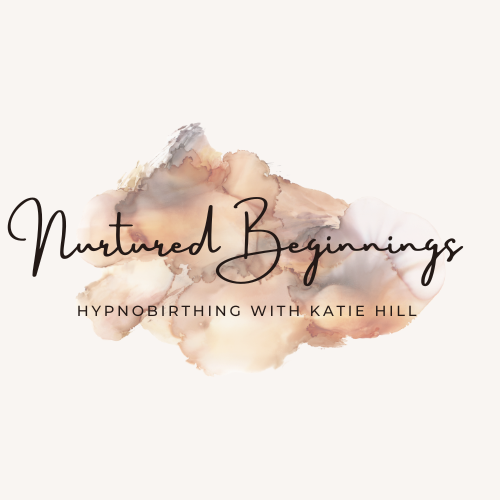Should newborns wear hats straight after birth? What the evidence and stats say
Newborn hats are iconic — tiny bobbles, hospital-issued beanies and proud new-parent photos. But does putting a hat on a baby immediately after birth meaningfully keep them warmer? And could it sometimes do more harm than good (by contributing to overheating)? Short answer: for healthy, full-term babies who are skin-to-skin with their parent, the evidence shows hats at birth don’t change core thermoregulation in any meaningful way — while for preterm or very low-birthweight babies extra measures (including caps or plastic wraps) can be helpful. Below I walk through the evidence, give key numbers, explain the physiology, and end with practical, evidence-based advice for parents.
A 2023 observational analysis of 482 healthy, full-term newborns compared temperatures before and after a hospital policy stopped routine hat use at birth. There was no statistically significant difference in hypothermia rates: 23.7% (with hats) vs 31.1% (without hats); adjusted odds ratio 1.44 (95% CI 0.89–2.32), P = 0.14 — i.e., removing hats didn’t measurably increase risk of low temperature in that population. The authors concluded hat use at birth had no measurable impact on thermoregulation for full-term healthy babies.
Dry the baby immediately (while still on the mother if possible) to stop evaporative heat loss. WHO
Do immediate skin-to-skin contact and cover baby and parent with a warm blanket. Skin-to-skin is proven to help keep temperature stable and supports breastfeeding and bonding. For healthy full-term infants this is the central strategy. PMC+1
Use a hat selectively: it can help as one element of thermal care (and many hospitals use a hat while baby is on the resuscitaire or during transport), but for healthy full-term babies it is not essential if drying and skin-to-skin are done. For preterm or very small babies, caps and plastic wraps are often part of recommended delivery-room thermal care. PubMed+1
Avoid over-bundling: once you’re indoors or in a warm vehicle, remove the hat/extra layers if the environment is warm. Check the baby’s chest or back — if it feels warm and slightly sweaty, that’s a sign to remove layers. NHS guidance emphasises this. nhs.uk
Never cover the face; ensure airway is clear during skin-to-skin and sleep. Follow safe-sleep guidance (back to sleep, no loose bedding).
